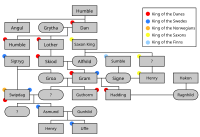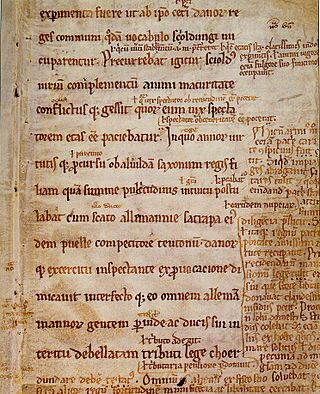
Gesta Danorum is a patriotic work of Danish history, by the 12th-century author Saxo Grammaticus. It is the most ambitious literary undertaking of medieval Denmark and is an essential source for the nation's early history. It is also one of the oldest known written documents about the history of Estonia and Latvia.

The Northern Crusades or Baltic Crusades were Christianization campaigns undertaken by Catholic Christian military orders and kingdoms, primarily against the pagan Baltic, Finnic and West Slavic peoples around the southern and eastern shores of the Baltic Sea.

Henry VI was King of England from 1422 to 1461 and again from 1470 to 1471, and disputed King of France from 1422 to 1453. The only child of Henry V, he succeeded to the English throne upon his father's death at the age of eight months; he succeeded to the French throne on the death of his maternal grandfather, Charles VI, shortly afterwards.
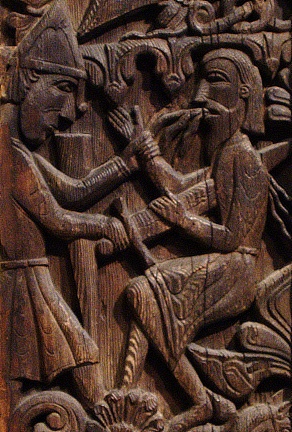
In Norse mythology, Reginn is a son of Hreiðmarr and the foster father of Sigurð. His brothers are Fáfnir and Ótr.

Charles XII, sometimes Carl XII or Carolus Rex, was King of Sweden from 1697 to 1718. He belonged to the House of Palatinate-Zweibrücken, a branch line of the House of Wittelsbach. Charles was the only surviving son of Charles XI and Ulrika Eleonora the Elder. He assumed power, after a seven-month caretaker government, at the age of fifteen.

In Norse mythology, Gram, also known as Balmung or Nothung, is the sword that Sigurd used to kill the dragon Fafnir. It is primarily used by the Völsungs in the Volsunga Saga. However, it is also seen in other legends, such as the Thidrekssaga in which it is wielded by Hildebrand.

The history of the English penny from 1485 to 1603 covers the period of the House of Tudor up to the death of Elizabeth I without an heir. The Tudor era saw the debasement of the penny under Henry VIII and Edward VI, with Elizabeth I's reign overseeing the recovery of the silver quality. Under the Tudors, the penny decreased in size.

Henry was a medieval English clergyman. He came to Sweden with Cardinal Nicholas Breakspeare in 1153 and was most likely designated to be the new Archbishop of Uppsala, but the independent church province of Sweden could only be established in 1164 after the civil war, and Henry would have been sent to organize the Church in Finland, where Christians had already existed for two centuries.
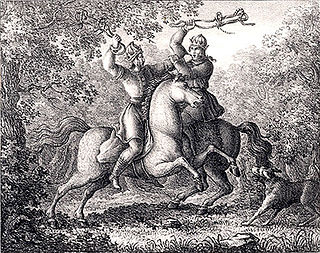
Alaric and Eric, according to legend, were two kings of Sweden.

Signy or Signe is the name of two heroines in two connected legends from Norse mythology which were very popular in medieval Scandinavia. Both appear in the Völsunga saga, which was adapted into other works such as Wagner's 'Ring' cycle, including its famous opera Die Walküre. Signy is also the name of two characters in several other sagas.

Mother of Mine is a 2005 Finnish drama film directed by Klaus Härö. The film is based on a novel by Heikki Hietamies. It received good reviews from the Finnish press, and was selected to be Finland's submission for the Academy Award for Best Foreign Language Film at the 78th Academy Awards.
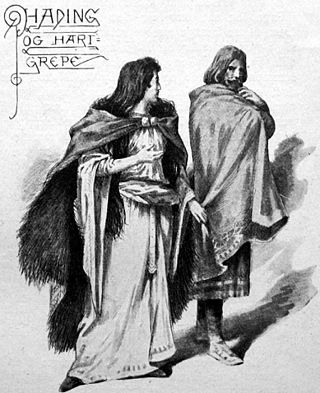
Hadingus was one of the earliest legendary Danish kings according to Saxo Grammaticus' Gesta Danorum, where he has a detailed biography. Georges Dumézil and others have argued that Hadingus was partially modelled on the god Njörðr.
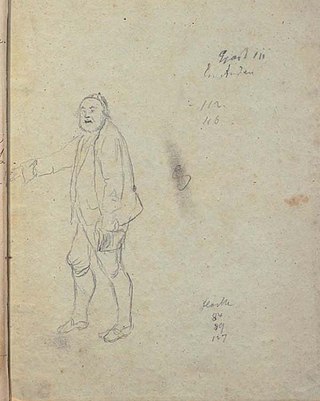
The Feast at Solhaug is the first publicly successful drama by Henrik Ibsen. It was written in 1855 and had its premier at Det norske Theater in Bergen on 2 January 1856. Part of the strength and charm of this play as well as Ibsen's other early poetic works results from the style of the poetic form and the inherent melody of the old ballads for those who speak Scandinavian languages.

The First Swedish Crusade was a possibly mythical military expedition in the 1150s to Southwestern Finland by Swedish King Eric IX and English Bishop Henry of Uppsala.
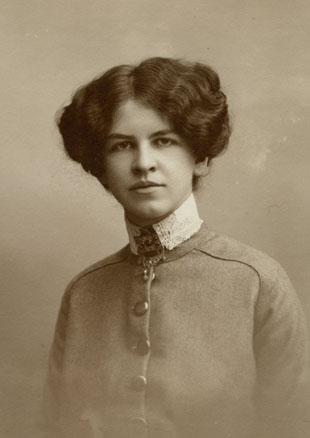
Signe "Ham" Hammarsten-Jansson was a Swedish-Finnish graphic artist who designed, among other things, around 220 Finnish postage stamps during the course of three decades. She was the mother of Tove Jansson, creator of the Moomin characters.

The Prince Eugen Medal is a medal conferred by the King of Sweden for "outstanding artistic achievement".
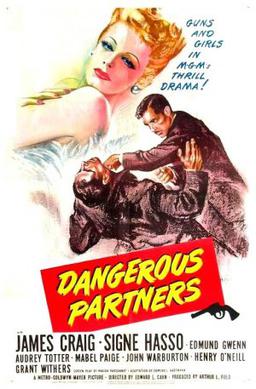
Dangerous Partners is a 1945 American adventure film directed by Edward L. Cahn and written by Marion Parsonnet and Edmund L. Hartmann, based on the novel “Paper Chase” by Oliver Weld Bayer, the pen-name of Leo and Eleanor Bayer The film stars James Craig, Signe Hasso, Edmund Gwenn, Audrey Totter, Mabel Paige, John Warburton, Henry O'Neill and Grant Withers. The film was released on June 7, 1945, by Metro-Goldwyn-Mayer.
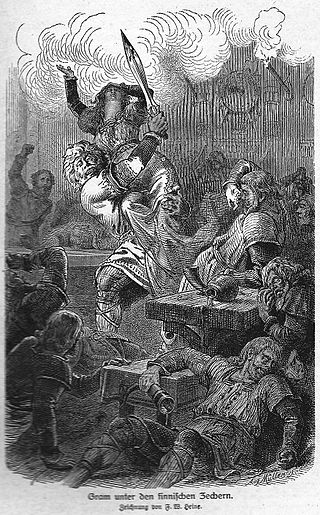
Sumble, Sumbli or Sumblus was a legendary king of the Finns during the 1st century. According to Gesta Danorum, Gram, the king of the Danes invaded his realm, but halted after noticing Sumble's daughter, Signe and proposed to her. This enraged Gram's brother-in-law, the king of Norwegians, thus Gram was forced to leave Finland in order to defeat him. However, while he was away, Sumble arranged a marriage between Signe and Henry, the king of the Saxons. Nonetheless, this plan was foiled when Gram murdered Henry during the wedding feast for Signe had informed him.

Signe was a legendary Finnish princess mentioned in Gesta Danorum. The realm of her father, Sumble was invaded by the Danish king, Gram of Denmark, but after noticing her, Gram halted the invasion and proposed to her. Before the marriage could be arranged, Gram had to go to Sweden, while he was away her father plotted to marry her off to a Saxon king, Henry. Signe, unhappy with his arrangement, informed Gram, causing Gram to murder Henry during their wedding.

